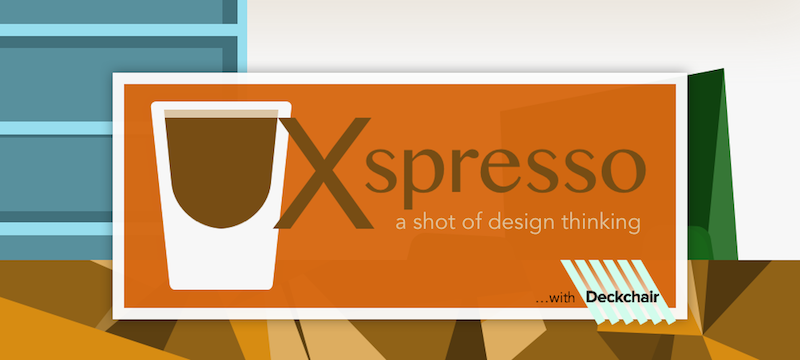Deckchair, a user experience consultancy, helped one of their clients increase revenue by 147% after performing user testing.E-commerce site Chew Valley Trees wanted to improve their conversion rate. In order to increase sales the company tested the navigation, search, and purchasing process on their website.
Chew Valley Trees hadn’t tried user testing before Deckchair’s recommendation, and saw a dramatic increase after implementing the lessons learned from watching real people use their site.
“Sharing the test videos with our clients is very enlightening for them and they suddenly see the value in testing,” said Rebecca Taylor, user experience consultant, project director, and founder at Deckchair.
The key takeaway that led to the increase in revenue is one that has been circulating the UX blogosphere — you are not the user.

While the phrase is borderline cliché at this point, we shouldn’t let it be. The insight Deckchair gained for their client Chew Valley Trees is one that everyone in the UX space needs to take to heart, because it is a lesson too often underestimated. And this underestimation can add up, costing some e-commerce sites up to 60% of their potential revenue.
Two key lessons that Deckchair passed on to Chew Valley Trees from their user testing are: (1) users don’t read as much of a website’s content as the company anticipates, and (2) users seek to solve a problem, not browse products.
1. Users don’t read as much as you think they will
Deckchair’s user testing revealed that many users chose to not read the text of the site and quickly skim the details of the information presented. Because of this, instructions that primarily rely on text resulted in a lower conversion rate than information architecture that utilizes imagery.

While reviewing the user tests, Chew Valley Trees was surprised to see that users were missing instructions that the company thought were obviously placed and easy to understand.
If companies don’t consider users’ aversion to reading lengthy text (sometimes even short descriptions), the oversight can lead to users missing necessary direction that leads to successful conversions. This ultimately results in increased abandonment rate of the site.
2. Users don’t look for products, they look for solutions
Deckchair also discovered through user testing that the way the products were organized and labelled – the information architecture of the website – wasn’t the right fit for their users.
The information architecture of the site should be built around the problem it is solving for the user, and not the categories or definitions that the business owner would use.

For example, a tree seller might want to group their products by tree families and genuses – spruces, maples, and junipers. But the customer, having less expert tree knowledge, would prefer to look based on trees for screening and privacy, ornamental trees, or trees for growing hedges.
Deckchair found that Chew Valley Trees’ website needed to be more solution-centric instead of product-centric. Because of these results, Chew Valley Trees fundamentally overhauled the navigation on their website. The company made it so the navigation was based on a customers’ practical needs, rather than a product category.
As stated on Deckchair’s blog:
Rather than presenting the navigation in a way that was understood by the business, we changed it to reflect how customers looked for products. The Tree Finder tool quickly and visually led people through steps that assessed their need and took them straight to relevant products.
Conclusion:
Don’t assume you know what your users want. E-commerce sites succeed in selling products by empowering users to solve a problem. Without understanding this, your design may act more as a barrier to conversion than a facilitator.
For Chew Valley Trees, abiding by the philosophy of “you are not your user” resulted in a 85% increase in conversion and a 147% increase in revenue.
By harnessing the insight gleaned from e-commerce user testing, Deckchair helped its client increase revenue and conversion rates by outstanding margins.
“It was amazing,” Rebecca Taylor said.
_____





